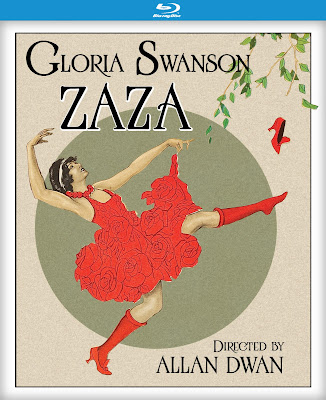Showman of the Screen
Joseph E. Levine and His Revolutions in Film Promotion
by A.T. McKenna
Hardcover ISBN: 9780813168715
September 2016
296 pages
University Press of Kentucky
Amazon - Barnes and Noble - Powells
"I love this business which is not really a business. The film industry is composed of an indescribable collection of dreamers and schemers, geniuses and phonies, sharpshooters and lunatics. It's action, on the screen and off." - Joseph E. Levine
Joseph E. Levine Presents... was not just a phrase, it was a declaration. Levine was a movie producer and promoter but he also wore many other hats including exhibitor, distributor, presenter and packager. He lived and breathed the movie business and by the mid-20th Century he was practically a household name. Levine dealt in exploitation of many different types of movies including art house imports from Europe, low-budget B-movies, war epics, spaghetti westerns and mainstream films. He sought out opportunities where others would've turned up their noses. Author A.T. McKenna explains, "he dealt in films from all over the world and from all over the cultural spectrum, becoming one of the most versatile movie promoters of his generation."
In my quest to seek out the stories of those who worked behind-the-scenes in film, I was drawn to Showman of the Screen, McKenna's biography on Joseph E. Levine. What distinguishes Levine from others is that he marketed himself as much as he marketed his films. This added to his successes and even contributed to his failures. McKenna refers to Levine as a showman, much in the style of P.T. Barnum. In the book he says, "the object may not be extraordinary but the showman's job is to render the object extraordinary."
"We will go as far as we can and stay out of jail." - Joseph E. Levine
Levine's career was full of ups and downs. McKenna points out that Levine made decisions quickly and sometimes the decisions were good ones and sometimes they were bad ones. He also had various phases in his career. At one point he championed films like the Gaslight Follies (1945) and Hercules (1959) with unconventional marketing techniques. When American audiences developed a taste for what foreign films had to offer, Levine delivered. In the late '50s and early '60s he brought films like Godzilla: King of the Monsters (1956), The Law (1959), Two Women (1960) and others to the US. For the Two Women, he worked closely with Carlo Ponti and star Sophia Loren to campaign for her eventual Oscar win. Eventually he became too public a figure and was spoofed in Godard's Contempt (1963) which he later renounced. The Maysles brothers' documentary Showman (1963) shined too bright a spotlight on Levine and he was very displeased with the final product. Levine suppressed the documentary and its the reason why its not available on DVD and only rarely screened.
"He made commercial art, and he made art commercial." - A.T. McKenna
By 1966 Levine's career hit a snag. He put his all into scandal ridden The Carpetbaggers (1964) and was embroiled in a bitter battle for the top Harlow film of 1965. There were two Harlow (1965) films one starring Carroll Baker, Levine worked on that one, and one starring Carol Lynley. His career bounced back with The Graduate (1967) and after that he almost exclusively left behind the b-movies and art house films of his former days and worked solely on what he thought were quality films. These include The Producers (1967), The Lion in Winter (1968), A Bridge Too Far (1977) among others. He also worked on controversial films like The Night Porter (1974). His career ended with his final film Tattoo (1981) which he worked on with his son Richard Levine.
McKenna's book isn't chronological, rather it's arranged into themed chapters focusing on one aspect of his career. It does jump around a bit but not too much that I couldn't follow the thread once I figured out what year of Levine's life was being discussed. Showman of the Screen is incredibly detailed. I've never read a biography on a film industry figure that was so focused on a career more so than the personal life of the subject. Levine's life was his career so in many ways this makes sense. Sometimes I found the story thrilling and sometimes I was bogged down by it. The book has its ups and downs much like Levine did. Overall though I enjoyed the book and I'm so glad I picked it up.
Showman of the Screen by A.T. McKenna adeptly explores the tumultuous and exciting career of bigger-than-life producer and promoter Joseph E. Levine.
Thank you to the University Press of Virginia for sending me this book for review!
This is my first review for my Summer Reading Challenge.


















